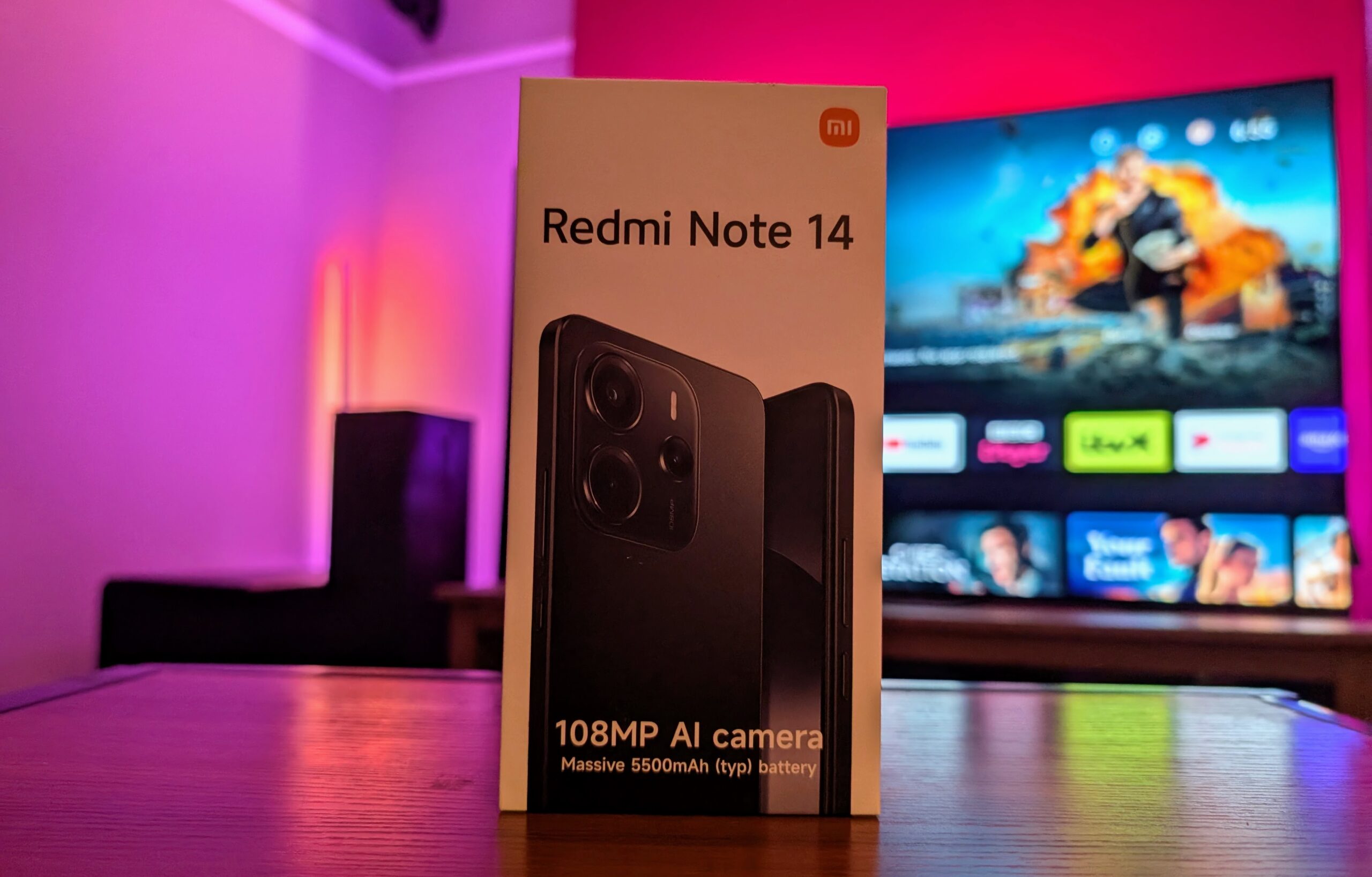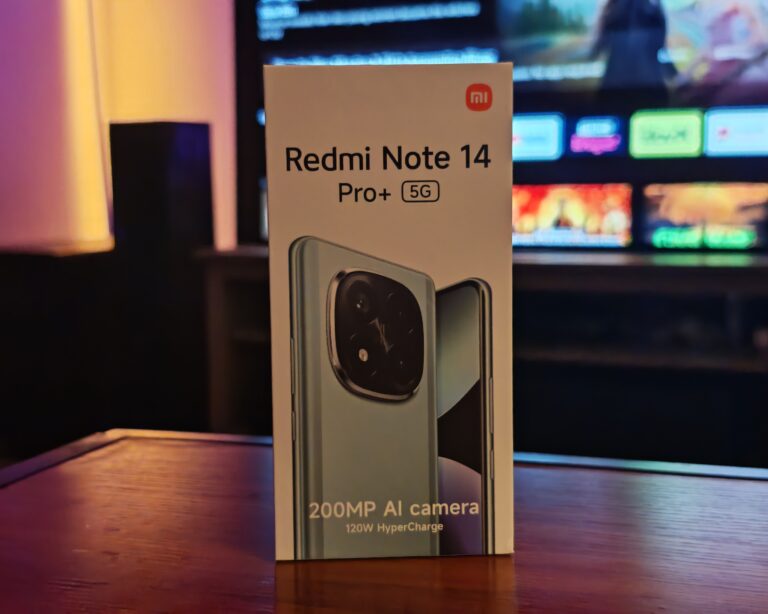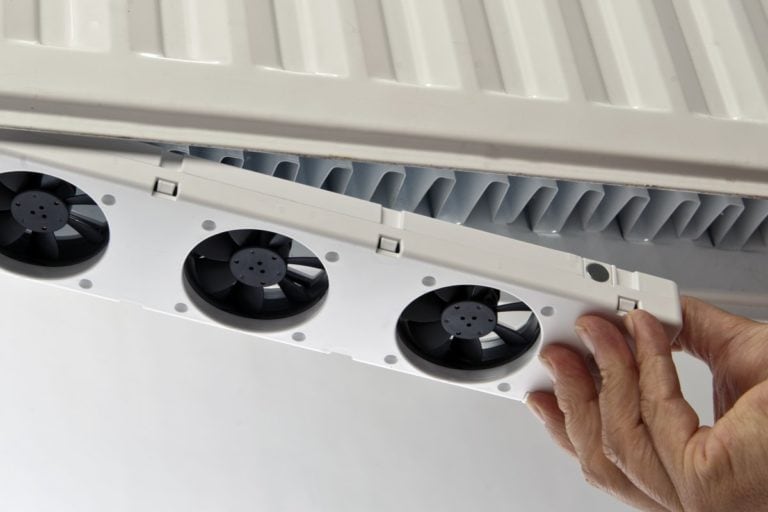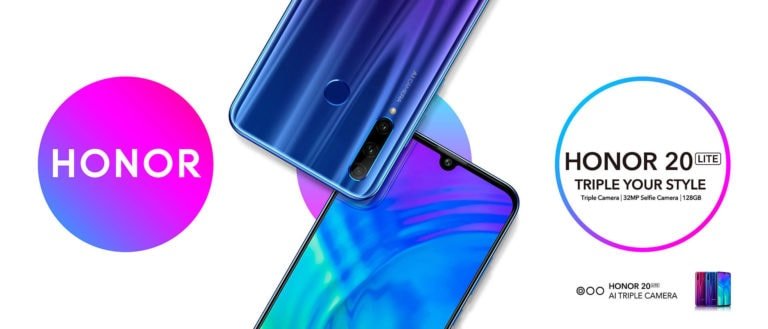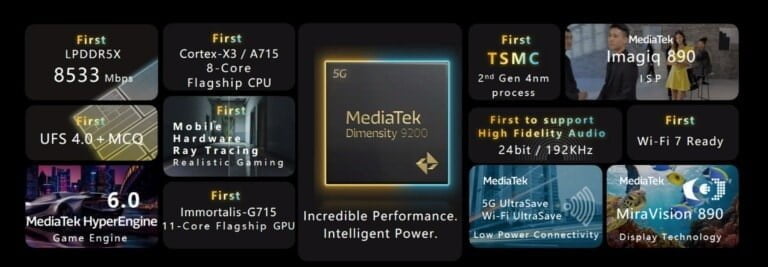Any links to online stores should be assumed to be affiliates. The company or PR agency provides all or most review samples. They have no control over my content, and I provide my honest opinion.
The Redmi Note 14 has just been launched, and I have used it for the past few weeks. I am quite impressed with this incredibly affordable phone.
You should be aware that the Redmi Note 14 series is a bit of a confusing lineup. There are already a lot of reviews for the Redmi Note 14, but this is actually for the 5G model, which has a very different specification, including a MediaTek Dimensity 7025 Ultra chipset and a 50MP 1/1.95-inch Sony LYT-600 sensor.
The model I am reviewing today is the 4G model with a MediaTek Helio G99-Ultra chipset and 108MP 1/1.67″ sensor.
Related Reviews
- Redmi Note 13 Pro Review vs Poco X6
- Xiaomi 14T Pro Review
- Xiaomi 14 Review
- Poco X6 Review
- Xiaomi 13T Review
- Xiaomi Smart Band 9 Review
- Xiaomi Robot Vacuum X20 Max Review
Specification
Specification | Redmi Note 14 |
|---|---|
Display | 6.67″ AMOLED, 2400 x 1080 resolution, Up to 120Hz refresh rate, 1800 nits peak brightness, 5,000,000:1 contrast ratio, DCI-P3 wide colour gamut, Corning® Gorilla® Glass 5 |
Processor | MediaTek Helio G99-Ultra (6nm), Octa-core up to 2.2GHz, Mali-G57 MC2 GPU |
RAM & Storage | 6GB+128GB, 8GB+128GB, 8GB+256GB (LPDDR4X + UFS2.2), Expandable up to 1TB |
Main Camera | 108MP (f/1.7, 1/1.67″ sensor size, 0.64μm, 1.92μm 9-in-1 pixel binning) |
Additional Cameras | 2MP depth (f/2.4), 2MP macro (f/2.4) |
Front Camera | 20MP (f/2.2) |
Battery | 5500mAh (typical), 33W turbo charging |
Operating System | Xiaomi HyperOS |
Security | In-screen fingerprint sensor, AI Face Unlock |
Connectivity | Dual SIM (SIM 1 + Hybrid SIM/microSD), Bluetooth 5.3, 4G LTE, NFC |
Audio | Dual speakers, Dolby Atmos®, 3.5mm headphone jack |
Dimensions | 163.25mm x 76.55mm x 8.16mm |
Weight | 196.5g |
Durability | IP54 dust and splash resistance |
Colours | Midnight Black, Mist Purple, Ocean Blue, Lime Green |
Features
108MP AI camera system
The Redmi Note 14 boasts a 108MP AI camera with 3x in-sensor zoom, delivering sharp, detailed images across various zoom levels thanks to its super-resolution algorithm. The large aperture and Night mode enhance low-light photography, producing true-to-life colours in night-time scenes.
The device features an upgraded 20MP front camera that automatically switches to wide-angle for group shots. It also includes a new beautifying effect in Portrait mode.
For creative users, AI-driven features like AI Sky and AI Erase simplify background swapping and object removal. The new Dynamic shots feature adds movement to still images, while Dual video allows simultaneous recording with front and rear cameras.
Blending style, comfort, and durability
The Redmi Note 14’s rounded, ergonomic edges provide comfort during extended use. It comes in Midnight Black, Mist Purple, Ocean Blue, and Lime Green.
With IP54 dust and water resistance, the phone can withstand everyday challenges like rain. The Corning® Gorilla® Glass 5 display offers protection against scratches and drops.
MediaTek Helio G99-Ultra 6nm Chipset
Equipped with the MediaTek Helio G99-Ultra 6nm chipset, the Redmi Note 14 delivers smooth performance for multitasking, gaming, and streaming. Its 5500mAh battery and 33W turbocharging keep users powered throughout the day.
6.67-inch 120Hz AMOLED Display
The Redmi Note 14 features a 6.67-inch display with up to 120Hz refresh rate and 1800 nits peak brightness, ensuring smooth visuals and clarity in bright sunlight.
The display holds TÜV Rheinland certifications for Low Blue Light (Hardware Solution), Flicker Free, and Circadian Friendly, reducing eye strain during extended use. It’s optimised for responsiveness in damp or oily conditions and includes an in-screen fingerprint sensor for quick, secure access.
Redmi Note 14 vs Redmi Note 13
Redmi have a confusing product lineup, if you look at the Redmi Note 13 series, there are 8 different models available and three are called the Redmi Note 13. The model available in the UK is technically the Redmi Note 13 4G, which is equipped with the Qualcomm Snapdragon 685 chipset.
The only difference between the Redmi Note 14 and 13 is a slight upgrade in chipset, but a downgraded ultra-wide camera.
The MediaTek Helio G99-Ultra has 2x Cortex A76 and 6x Cortex A55 cores, while the Qualcomm has 4×2.8 GHz Cortex-A73 & 4×1.9 GHz Cortex-A53. The GPU is then different with the Mali-G57 vs Adreno 610.
Looking at benchmarks online, the MediaTek Helio G99-Ultra does offer a decent performance uplift, and the GPU appears to offer the biggest improvement in benchmark scores. This will also likely benefit the 108MP AI camera, which will inevitably require more processing power than lower-specced cameras.
Unboxing / Design
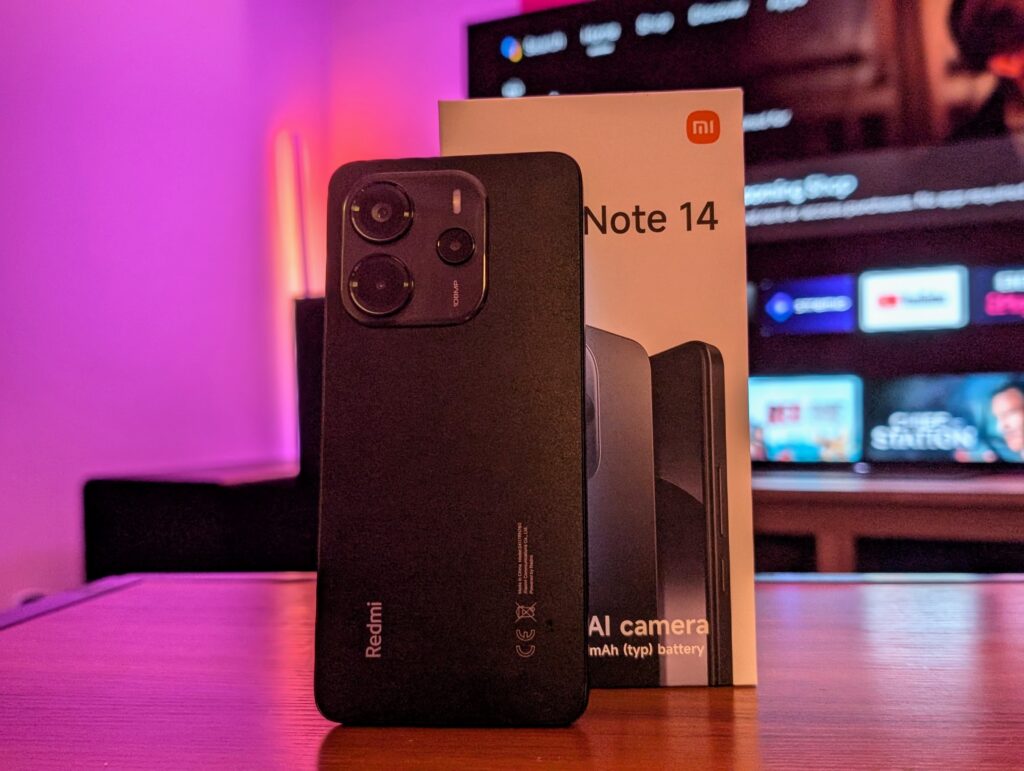
The phone is well-built and looks more expensive than it is, albeit with an unremarkable design.
I received the model in Midnight Black, and it is also available in Mist Purple, Ocean Blue, and Lime Green.
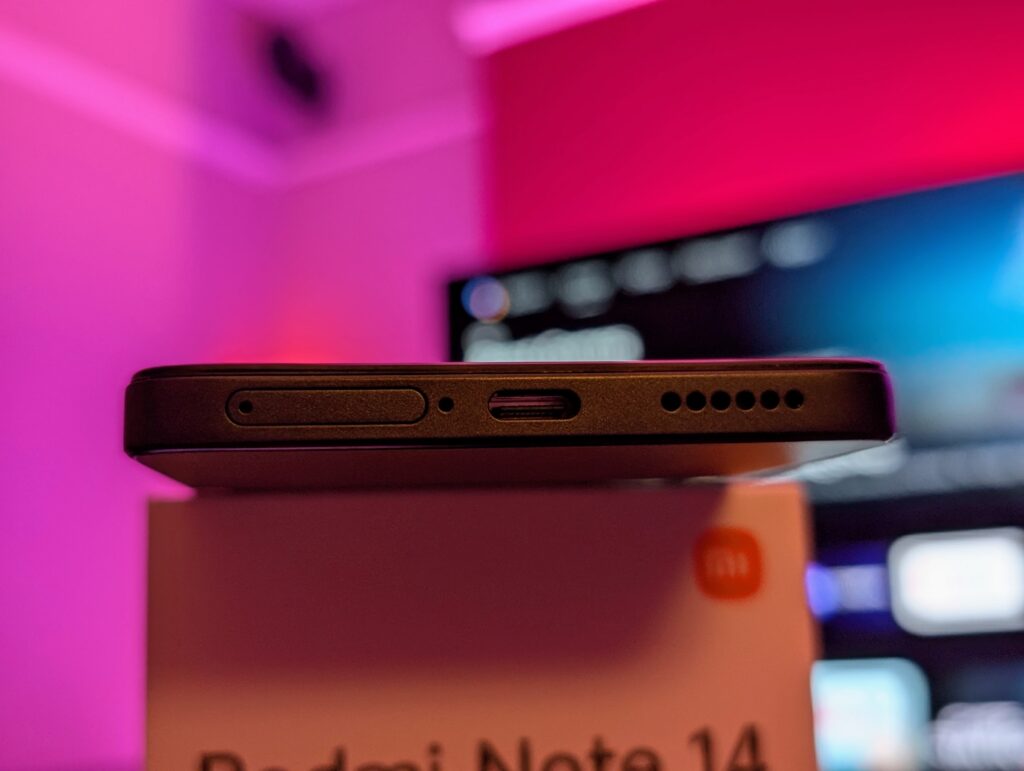
While most phones in the mid-range and higher have dropped the 3.5mm headphone jack, it is still used on affordable phones like this. I haven’t used wired headphones in years, but I still wish they included them on more expensive phones.
The camera bump gives the impression of 2 big cameras and a smaller one, but in reality, you only have one usable camera sensor.
The phone feels quite light and plasticy, but this is what is expected at this price point.
Similar to the headphone jack, affordable phones like this still support microSD cards, with this having a hybrid SIM/microSD tray.
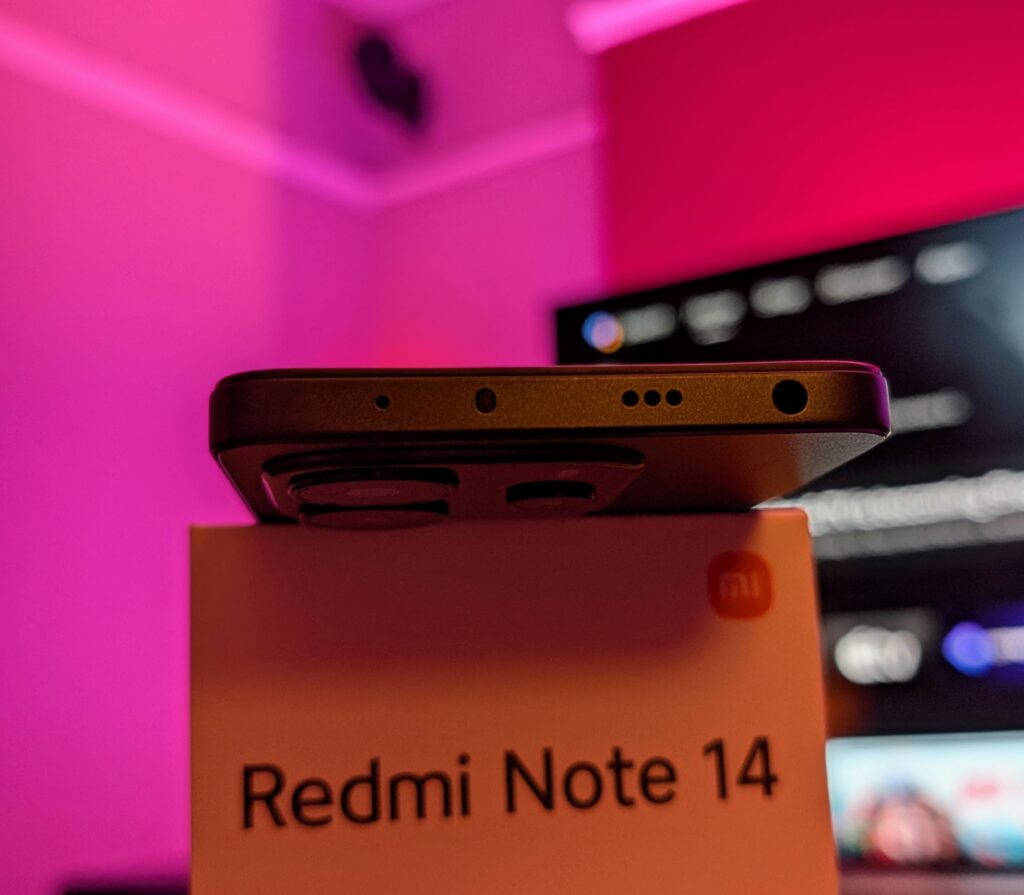
Display
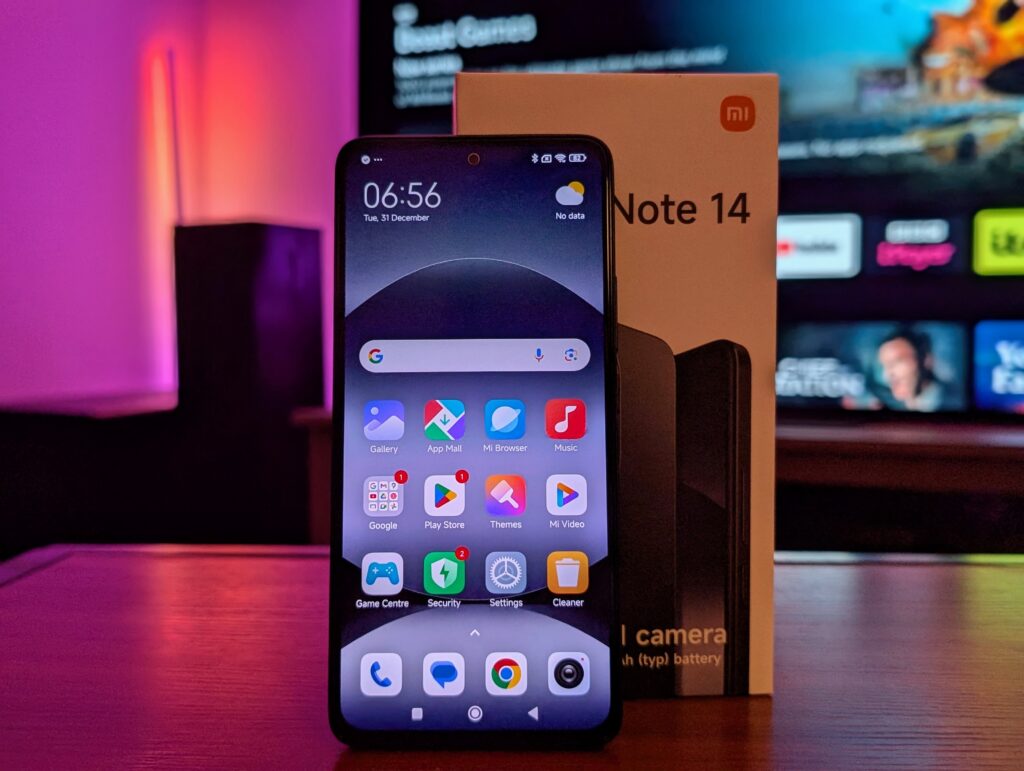
The display is excellent. Looking at other affordable phones at this price point, models from the likes of Samsung still use the dated-looking teardrop for the selfie camera, whereas this has a smaller punch hole.
The display is flat, which is more user-friendly than the more aesthetically pleasing curved displays. The bezel is perhaps a bit thicker than more expensive models, but it is still surprisingly small for such an affordable phone.
Beyond that, this is a 120Hz AMOLED display with 1800 nits peak brightness and a display fingerprint scanner, which is really quite impressive.
Camera
The standout feature of this phone is the 108MP camera, which has a 1/1.67″ sensor size, and, I believe, is the Samsung Isocell HM6. That’s an impressive camera sensor for such an affordable phone, and its performance is mostly excellent. Though, it is worth noting that this is the same camera sensor used on the Redmi Note 13
The depth sensor should help improve portrait photos, so it is not useless, but the macro sensor is mostly useless.With moderate light, the phone produces well-exposed and detailed photos. Colours are slightly exaggerated, which is common on phones like this. It is much more natural than Realme phones, which used to exaggerate greens to the point of looking a bit toxic.
The phone starts to struggle a bit in low light, and the lack of optical image stabilisation exacerbates this. That being said, it can still take reasonably good shots.
There is no telephoto lens on this camera, but it has pre-set digital zoom options for 2x and 3x. The quality of these was better than expected (considering the lack of OIS).
Overall, as long as you have reasonable expectations of what this phone can achieve, the camera quality is excellent.
Performance / Benchmarks
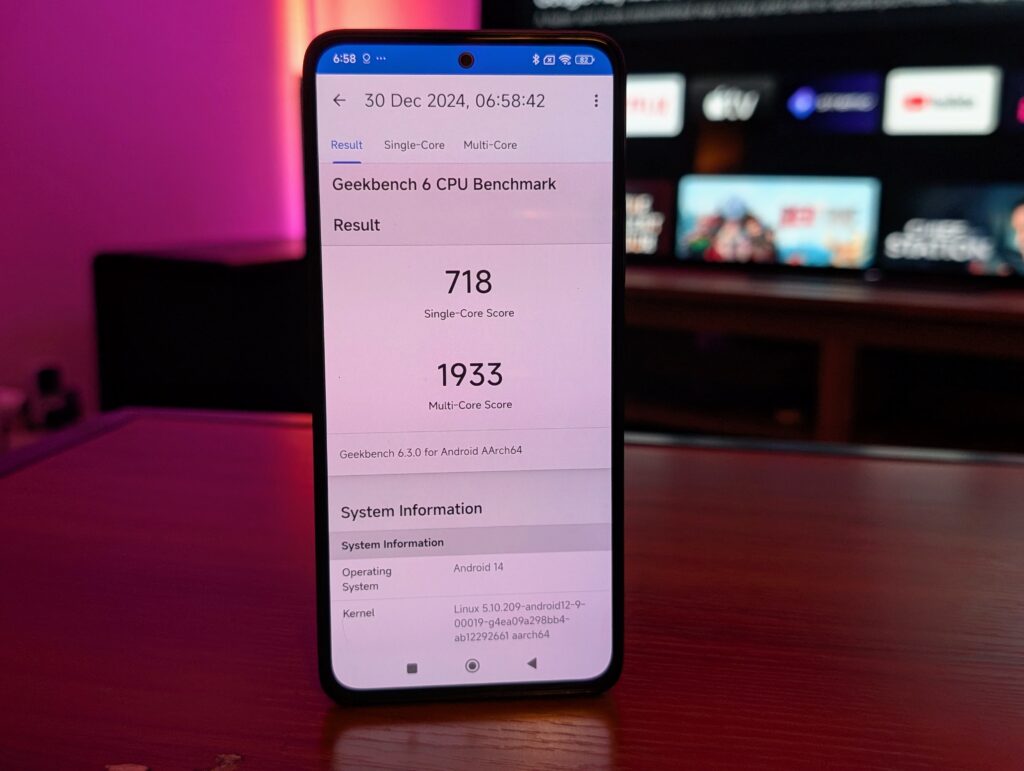
The weakest aspect of this phone is the MediaTek Helio G99-Ultra chipset, which lacks 5G support (not that 5G is very good in the UK). The non-ultra variant was launched back in May 2022, and the Ultra was launched later that year.
It is equipped with 2x Arm Cortex A76 and 6x Cortex A55 CPU cores, then paired with a Mali-G57 GPU with 2 execution cores.
You then get 8GB LPDDR4X with 256GB UFS2.2 storage.
This makes it very much at the low end of chipsets. MediaTek has the 5G capable Dimensity 6020, which was used on the Honor 90 Lite from last year, which is effectively the same specification as the Helio G99, but with 5G.
For benchmarks, I wasn’t able to run Antutu using the standard GPU test and had to use the Lite test with a result of 408,355.
In Geekbench 6, it achieved 718 for a single core and 1933 for a multi-core.
Like all my recent Xiaomi reviews, I was unable to run any of the 3Dmark benchmarks.
Battery Life
As this has a relatively low-powered chipset by today’s standards and a large 5000mah battery, the battery life has been superb. While I tend to charge my phone overnight, this should easily handle a couple of days of moderate usage.
The 33W charging is also decent for a phone at this price point.
Android 14 & HyperOS
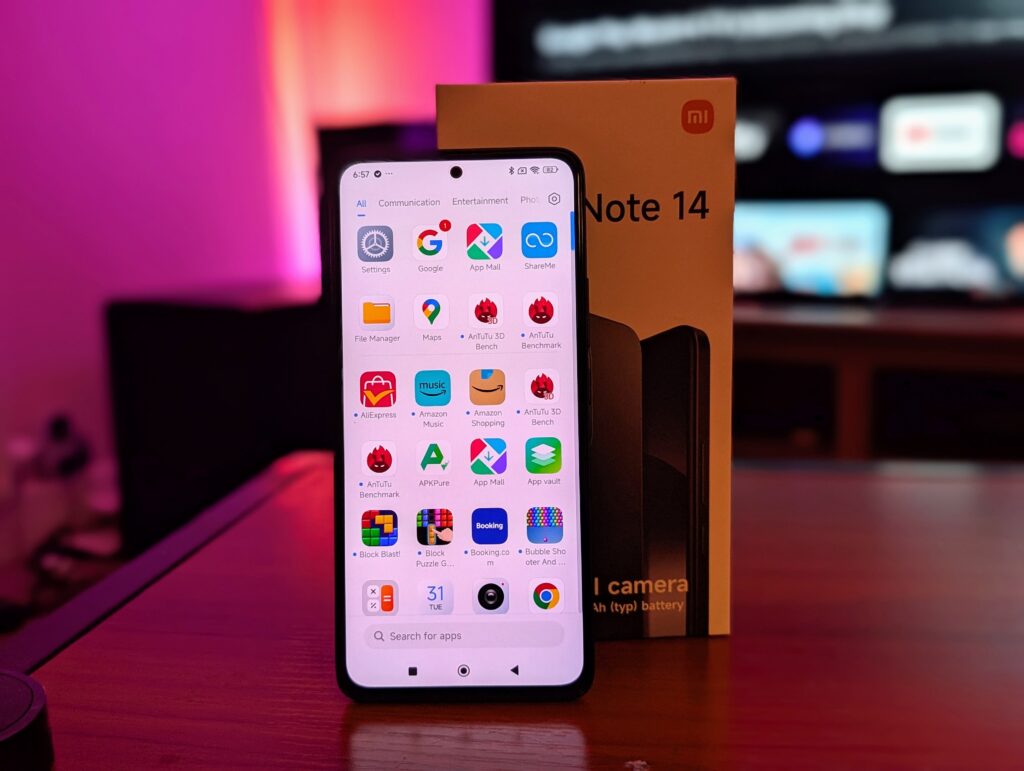
This phone comes with Android 14 as the base OS and HyperOS as the customised UI.
As always with Xiaomi, especially the affordable Redmi models, there is quite a lot of bloatware.
Some of the additional software from Xiaomi includes:
- App Mall
- App Vault
- Mi Browser
- Mi Video
- Security
- Cleaner
- Mi Store
Third Party Apps:
- AliExpress
- Amazon Music
- Amazon Shopping
- Block Blast
- Block Puzzle
- Booking.com
- Bubble Shooter
- Dust Settle
- Netflix
- OneDrive
- Opera
- Snake Xone.io
- TikTok
- Tile Fun
- WPS Office
One issue I have with all this bloatware is that you have three browsers installed, two app stores, and two file managers. You can uninstall all the third-party apps to clean things up.
In general, though, the bloatware is a mild inconvenience which will likely not bother most people.
As I swap phones a lot, I have become indifferent to the different UIs used by different brands. They all have their quirks, and each one takes a little time to get used to, but once I have used a phone for a little while, it feels perfectly normal.
Price and Alternative Options
At the time of writing, I have not been told the price of the Redmi Note 14.
The Redmi Note 13 launched with an RRP of £199 for 6GB and 128GB and £229 for 8GB/256GB. Prices at the time of writing are £119 and £139, respectively.
Due to the fractional upgrade, I hope that the Redmi Note 14 will launch at the same price or lower than its predecessor.
Oddly, the Poco M6 4G is a lower-specced model with the Helio G91 Ultra, yet it still commands £119.
The Samsung Galaxy A16 launched back in October with the MediaTek Helio G99 and is lower-specced for almost all other aspects. It is available for £129. It is the second cheapest Samsung phone; the Galaxy A05s sits below this at just £99.
Overall
The Redmi Note 14 is a good phone for anyone on a tight budget who still wants half-decent performance for both general performance and camera performance.
There are cheaper phones on the market. Redmi has several models, including the A3 at £59 and Redmi 14c at £89, but those are very basic phones. Good for people who need a simple smartphone with the ability to take phones, but I wouldn’t recommend them to most people.
Redmi dominates the market’s low end with multiple options at well under £150.
At this price point, I think you should forget any brand loyalty. Brands like Samsung can’t compete with this value for money.
As hard as it is to get excited about the Redmi 14, it is probably the best option on the market at this price point.
One caveat to that statement is that I’d recommend keeping an eye on the price of the Redmi Note 13, either the 4G or 5G model. The Redmi Note 13 5G should effectively have the same performance but with the benefit of 5G connectivity. The 4G model won’t perform quite as well, but if the price difference is significant, it is well worth considering.
Redmi Note 14 4G Review
Summary
The Redmi Note 14 4G is an affordable smartphone that offers solid performance and features for budget-conscious consumers. Despite some limitations, it provides excellent value for money in the entry-level smartphone market.
Overall
80%-
Overall - 80%80%
Pros
- Camera: 108MP AI camera with impressive image quality
- Display: 6.67-inch 120Hz AMOLED display with high brightness (1800 nits)
- Battery: Large 5500mAh battery with good battery life
- Build Quality: Feels more premium than its price point
- Extras: Retains 3.5mm headphone jack and microSD expansion
- Price: Extremely competitive pricing
Cons
- Chipset: Lacks 5G connectivity
- Camera System: Limited additional cameras (2MP depth and macro sensors)
- Bloatware: Comes with numerous pre-installed apps
- Low-Light Performance: Struggles in challenging lighting conditions
- Build: Feels slightly plasticky
I am James, a UK-based tech enthusiast and the Editor and Owner of Mighty Gadget, which I’ve proudly run since 2007. Passionate about all things technology, my expertise spans from computers and networking to mobile, wearables, and smart home devices.
As a fitness fanatic who loves running and cycling, I also have a keen interest in fitness-related technology, and I take every opportunity to cover this niche on my blog. My diverse interests allow me to bring a unique perspective to tech blogging, merging lifestyle, fitness, and the latest tech trends.
In my academic pursuits, I earned a BSc in Information Systems Design from UCLAN, before advancing my learning with a Master’s Degree in Computing. This advanced study also included Cisco CCNA accreditation, further demonstrating my commitment to understanding and staying ahead of the technology curve.
I’m proud to share that Vuelio has consistently ranked Mighty Gadget as one of the top technology blogs in the UK. With my dedication to technology and drive to share my insights, I aim to continue providing my readers with engaging and informative content.

